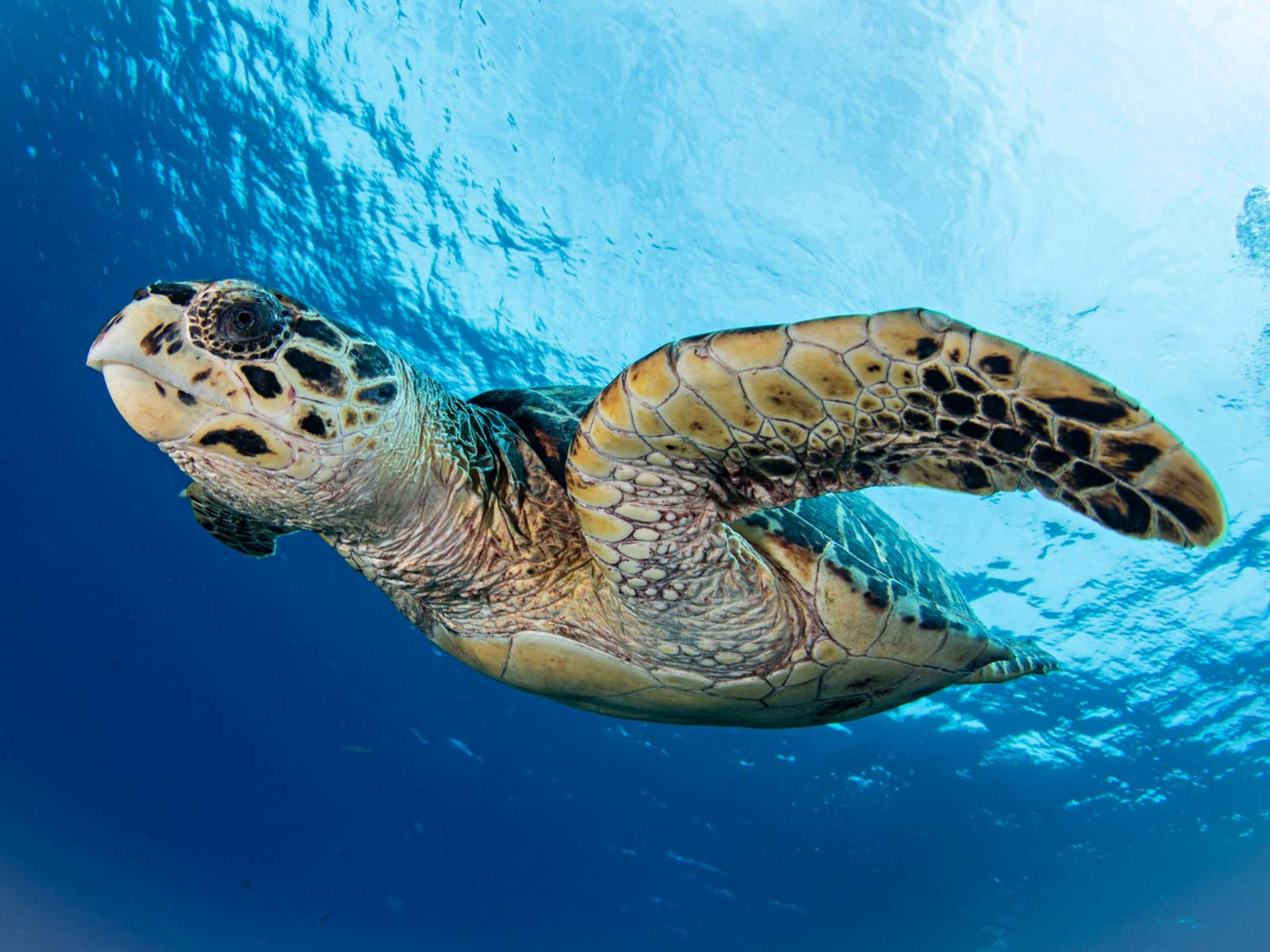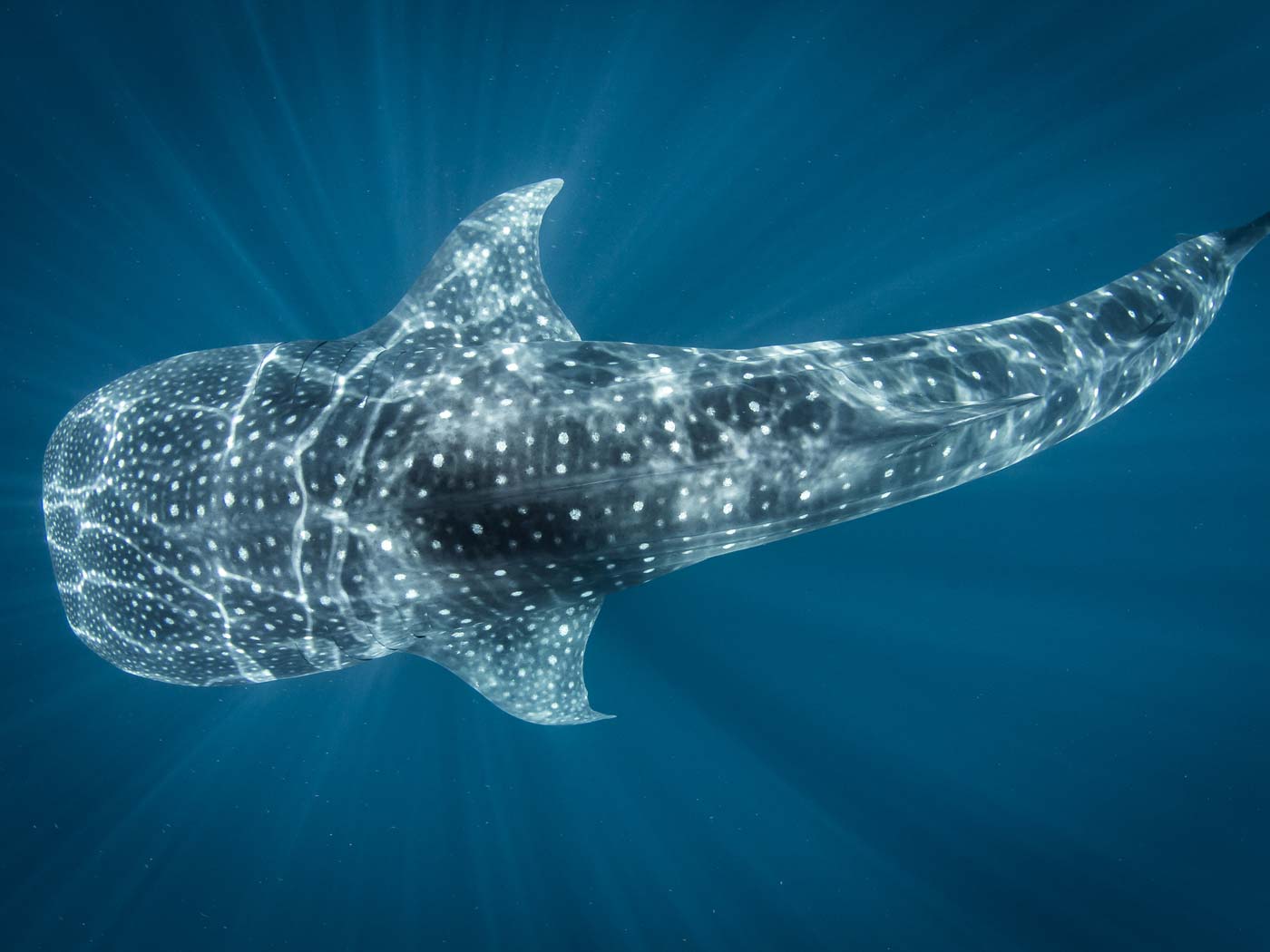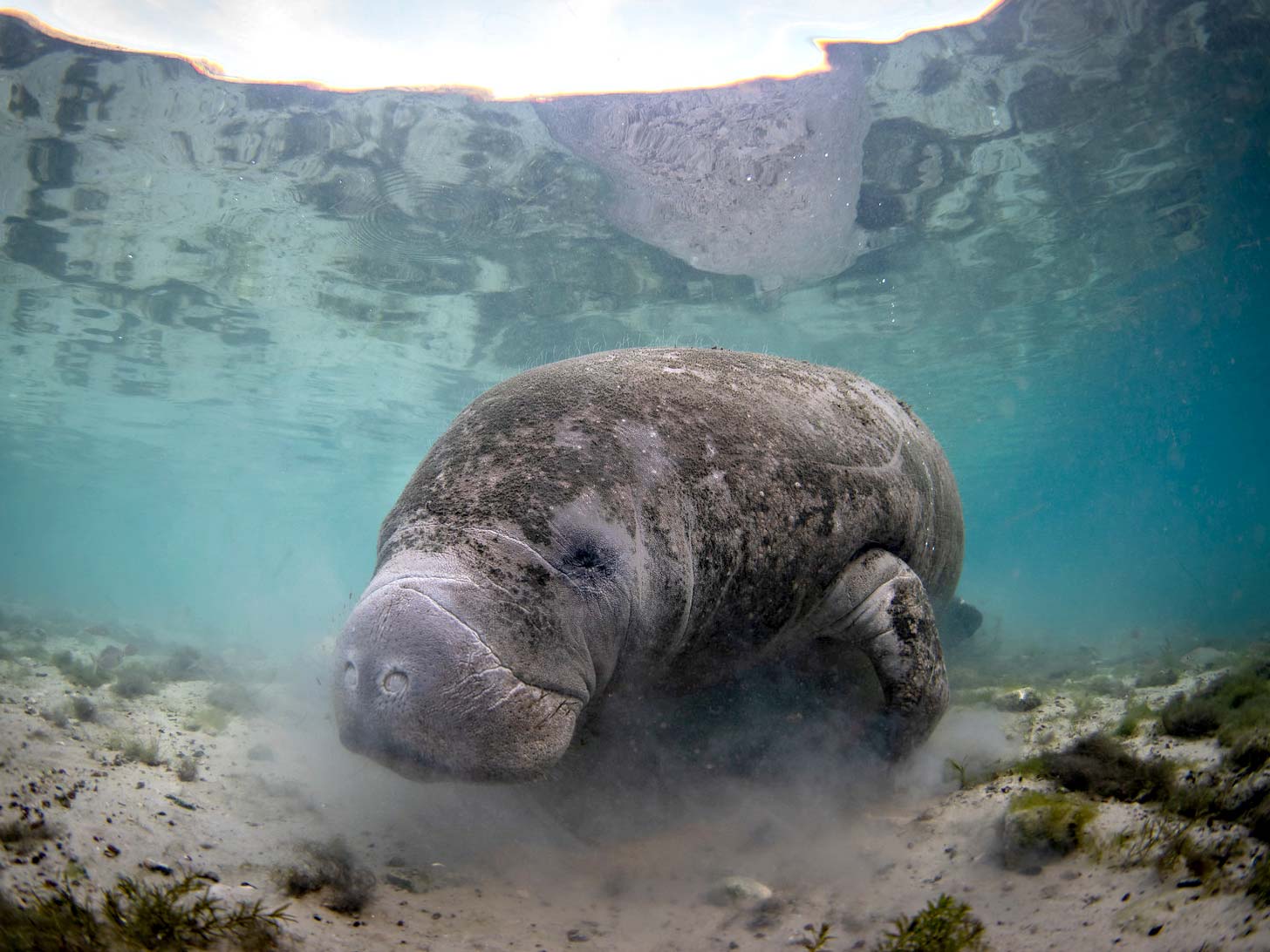Turtles can be so fun- and so frustrating- to shoot underwater. Somehow they always manage to put a smile on your face even when they're high tailing it away from you. But with a few simple techniques and the right camera settings you can put yourself it a good position to catch the expressiveness and grace of these air breathing ectotherms.
Where
All oceans, some freshwater. Turtles range in size from very small hatchlings to large loggerheads the size of a small car.
DSLR + Mirrorless
ISO: 200-400
Mode: M Manual
Aperture: Variable through whole range
Shutter Speed: 1/125-1/160
Lens: 8mm to 50mm
Point + Shoot
Mode: M Manual or Av Aperture Priority
Aperture: Full range depending on sun in your frame
Shutter Speed: 1/125 to 1/200
Lens: Full wide angle with or without a wide angle wet lens
Technique
It is hard to resist chasing turtles. But we shouldn't. For many reasons, the least of which is the images of turtle butts are not very pleasing... particularly when they assume that football shaped running away posture.
So the next time you see one, consider shooting it as part of the scene and from a distance. A turtle silhouette with an upward camera angle can be compelling.
Of course what we really want is an up close turtle "experience". These won't happen every time, but following some rules will help:
- Always look for them. You are hoping to see a big turtle on the bottom, feeding, and busy.
- Do not swim towards them, and if you have buddies around signal them to do the same. A very slow approach from low with frequent pauses will often make the turtle relax and continue feeding.
- If possible, consider swimming towards where the turtle is headed, not where they are when you see them. If you're calm there's a chance the turtle will continue swimming directly towards you.
- Take your first shot from farther away than you might want, to normalize him to the flash.
If you've done everything right you are in for a great session. We have seen big turtles allow photographers to switch places for close shooting without changing its behavior. The best experience is when the turtle sees his reflection in your dome and looks right down the barrel.
Strobes
Position your strobe(s) far away from the lens, just behind the focal plane and angled forward to reduce backscatter. If you are shooting TTL and the lens is opened up for a natural light exposure, then the flash will be very soft and won't alarm him. Read the water column with your light meter to set your camera's exposure.
Additional Reading
Capturing the Elusive Mouth Brooding Jawfish













